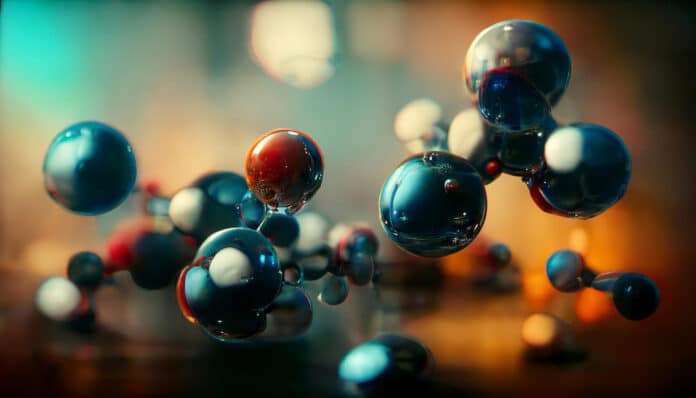It has long been trying to reversibly change the active structures of supported metal catalysts in response to dynamic operating conditions. Researchers have found that at low temperatures, individual palladium atoms bonded to a catalyst’s surface may remove 90% of unburned methane from natural-gas engine exhaust.
This development in single-atom catalysis may help to reduce methane exhaust emissions, one of the worst greenhouse gases that trap heat at a rate around 25 times that of carbon dioxide. Methane is one of the worst greenhouse gases.
Researchers from Washington State University and the Department of Energy’s SLAC National Accelerator Laboratory demonstrated that the catalyst removed methane from engine exhaust at lower temperatures where engines start up and higher temperatures where they operate most effectively but where catalysts frequently fail.
Yong Wang, Regents Professor in WSU’s Gene and Linda Voiland School of Chemical Engineering and Bioengineering and one of four lead authors on the paper, said, “It’s almost a self-modulating process which miraculously overcomes the challenges that people have been fighting – low-temperature inactivity and high-temperature instability.”
Natural gas engines are generally considered cleaner than petrol or diesel engines since they produce less carbon and particulate pollution, which are used to power 30 to 40 million vehicles globally. However, because natural gas engines’ catalytic converters don’t function properly at low temperatures, they release unburned, heat-trapping methane when they start. At lower exhaust temperatures, today’s methane removal catalysts are either ineffective or drastically deteriorate at higher temperatures.
The researchers discovered that a catalyst that employs just one atom of the precious and expensive metal spread on support also utilizes all of its atoms. It is essential to make them more reactive to eliminate 90% of the methane from the exhaust and maintain the reaction.
The researcher said, “If you can make them more reactive, that’s the icing on the cake.”
The researchers discovered that tiny levels of carbon monoxide in engine exhaust significantly influenced the dynamically formed active sites for the process at room temperature. Palladium atoms can migrate to create two- or three-atom clusters that can effectively split methane molecules apart at low temperatures with the aid of carbon monoxide. As exhaust temperatures increased, the clusters separated into single atoms, making the catalyst thermally stable. Thanks to this reversible mechanism, the catalyst utilized every palladium atom during engine operation, even when it started cold.
SLAC staff scientist Christopher Tassone said, “We were able to find a way to keep the supported palladium catalyst stable and highly active and, because of the diverse expertise across the team, to understand why this was occurring.”
The research aims to improve catalyst technology and comprehend why palladium behaves in a certain way while other precious metals, such as platinum, behave differently. Although there is still work to be done before the technology is used in automobiles, the researchers are working with industry partners and the DOE’s Pacific Northwest National Laboratory to advance the project toward commercialization.
Journal Reference:
- Jiang, D., Wan, G., Halldin Stenlid, J. et al. Dynamic and reversible transformations of subnanometer-sized palladium on ceria for efficient methane removal. Nature Catalysis. DOI: 10.1038/s41929-023-00983-8
